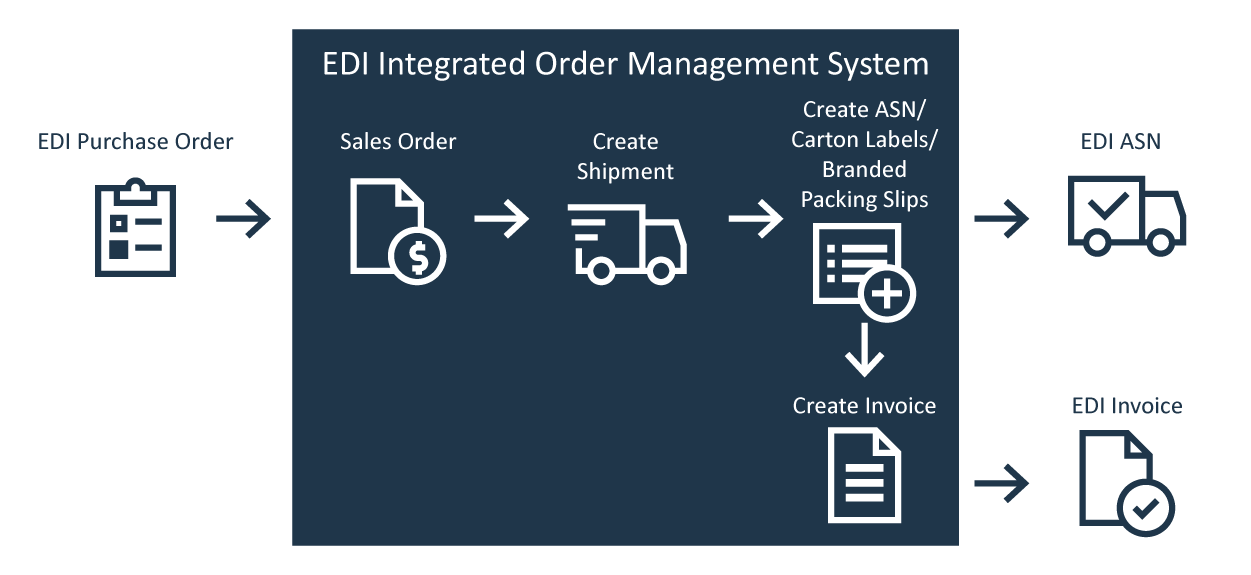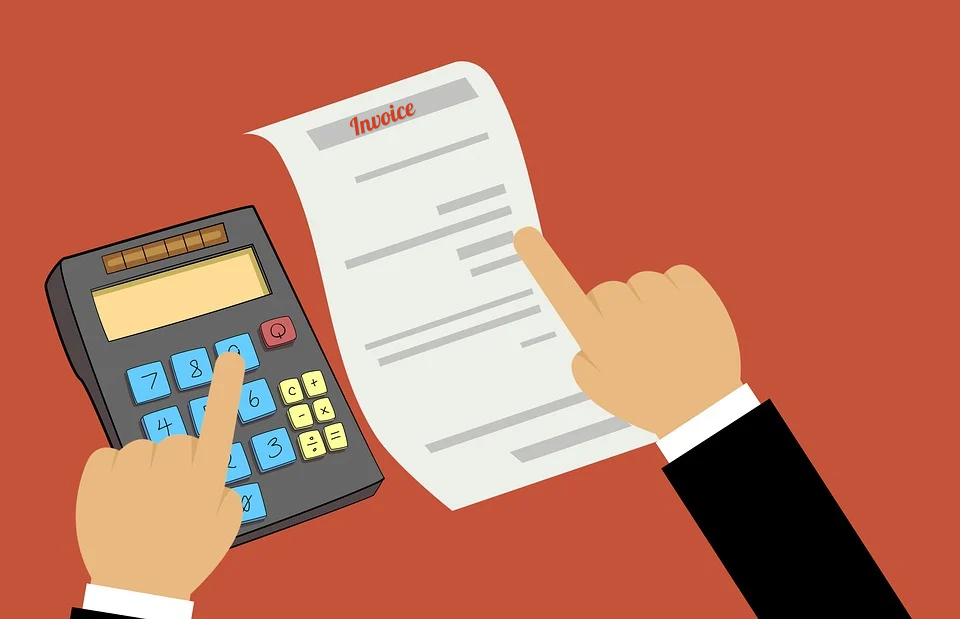Why Order Management is Critical in the Marketplace
Jan 15, 2021 | 06 min read
2. What is order management?
Order management refers to the technique of receiving, counting, and processing orders that are available on your eCommerce internet site or marketplace. The traditional system consists of receiving an order from a customer, cross-checking, and updating the stock, assigning the order to the warehouse, and ultimately prepare it for packing and transport it. In every step of the order journey order management systems (OMS) offers automation and integration.
This permits brands to deliver consistent purchaser experiences at scale throughout each channel. Ecommerce order management structures enable operators to handle orders coming in from various deals channels and going out of a couple of fulfillment points. It encourages automation between carrier providers and aggregates records inside a single interface.
An OMS is an internet software program that enables you to manage your orders by continually synchronizing your available stock based on the in-coming orders. It helps you streamline your order management system through the use of automation in the workflow and decreasing the scope for manual intervention and the resulting errors.
3. Integrating Order Management with E-commerce Marketplaces
This incorporates organizations as Macy Zappos, Amazon, and eBay. There are key variations in how an OMS (Order Management System) tactics an eCommerce order instead of a trendy success order/standard fulfillment. For example, normally there is no requirement for an invoice to receive payment, however, you might be approached to send a receipt to record the deal with some eCommerce retailers.
Here’s how it works: An order comes in from a retailer, which includes Amazon, and the OMS changes it into a sales order and g produces shipment data. The order will then be closed out as soon as a notification comes that the products have shipped is submitted. You will acquire payment for the shipment from the E-commerce marketplace when the shipment gets confirms.
In a few cases, invoices are used, so while choosing an OMS, ensure it can deal with this job as properly.
4. What are the other features of an effective Order Management System for Customers:
The Order Management System isn’t always a one-way procedure. Agreed that the primary purpose of an OMS is to receive and service customer orders. However, the order obtained from the customers at their doorstep may not be the very last step in the whole order process. The consumer can also raise an RMA (Return Merchandise Authorization) request if not satisfied with the product. Likewise, he/she may demand to change the transportation address just before delivery.
The alternative to raising RMA Request.
No matter how good you may believe your product to be, you have to be prepared to address the needs of clients who may want to return their orders after making the purchase. Hence your OMS needs to also contain an RMA (Return Merchandise Authorization) framework to deal with returns, changes & cancellations of orders on the online store.
RMA simplifies the return, cancel & exchange system which offers an interface to allow you to communicate with your consumers. You can make a checklist of prominent reasons to cross-check whether the buyer’s explanation for returning the product is satisfactory or not. Based on that, you could accept or reject the RMA received from the customers.
Reorder the last purchase.
Any marketing expert will tell you that retaining an existing customer is way cheaper than acquiring new customers. Towards this end, the reorder choice is an essential feature of your client order management framework. Every time, instead of waiting for your clients to return to your website and browse through the entire product portfolio just to reorder what they have already ordered before, the reorder feature prompts customers to simply repeat their last purchase (maybe at current price levels).
The reorder feature is especially useful for daily use items such as cosmetics, household products, child care essentials, etc. With the reorder feature, you can set the simplest path for clients to check their past purchase history and reorder in a single click. The system can also track past order history and prompt customers before their delivery is due.
The choice to Change Shipping Address
It might be possible that a customer has entered an incorrect shipping address while placing the order on your website. Or, he/she may possibly not be accessible at the referenced location when the shipment reaches. In such cases, it’s helpful to provide the customer with the choice to change their delivery address if the shipment has still not been despatched from your store.
Invoice Request
The seller issues an invoice to the buyer. This could either be a record of the goods sold with their purchase prices, or a request asking the customer to make payment. An Invoice is an essential record every customer must receive when making a purchase. Hence, providing the “Invoice Request” choice for the buyer is necessary in every Order Management System.
Order Details Lookup
Whether a customer has an account with your online store or not, should not be a consideration for preventing them from checking up on their past purchase history. For this, the order details lookup function in an OMS should allow for cross-referencing either the customer’s login credentials or other unique data such as email id. This reference can then be used to provide the customers with their past purchases and payment history on demand. This feature is also helpful for retaining customers and promotes the possibility of repeat orders.
Apart from this, the cross-referencing feature for customers who do not have an account at your store can also help them raise RMA requests, changes in shipping addresses, or requests for invoices. Thus, promoting a higher level of customer satisfaction. A good order details look-up feature should be able to provide the complete order information in a single click.
5. Why is the Order Management System is needed for your e-commerce business?
There are numerous reasons that make an order management system necessary for the easy functioning of your business:
Streamline Fulfilment Process
You can align all activities in a unidirectional flow in an order management system that helps you to streamline your order achievement speed and effectiveness. It establishes a uniform layout for order processing that rids it of all doubts, re-checks, or scope for manual errors. It permits you to pack and ship orders efficiently.
Decrease Errors
If you have an automated order management system, you need not track incoming orders manually. The OMS at once retrieves the information from your online store and your inventory to give you a holistic overview of your present, incoming, processed, and pending orders.
Quicker Order Processing
Automation can save 24-36 hours in the entire order processing supply chain as compared to a manual process. A streamlined system allows you to eliminate cumbersome steps like list maintenance and list checking before sending the orders to the warehouse/distribution center for processing. Else, you need to send a consolidated inventory and order list at the end of the day, and the orders will begin to process the next day.
Single View For Multiple Channels
If you sell through multiple channels like Amazon, eBay, Shopify, Bigcommerce, etc., you can easily combine all channels into one and the orders can be processed as a single channel. This allows you to retain a single overview across channels and the product quantity is directly reduced from a master stock. This avoids delays and order cancellations since you can track and remove the listing of out-of-stock items in real-time.
6. Summary
An automated Order Management System is essential for any eCommerce store. As customers become more demanding and the marketplace becomes more competitive, you need to ensure you can convey a seamless consumer experience with a time-effective order management tool.
There are various order management tools available online which can help you coordinate the activities within your eCommerce store. You can select the tool which offers the features listed in our article above. For further queries on the best Order Management Systems for your specific online store and their maintenance, do connect with us. We will be happy to assist you in any way we can!







